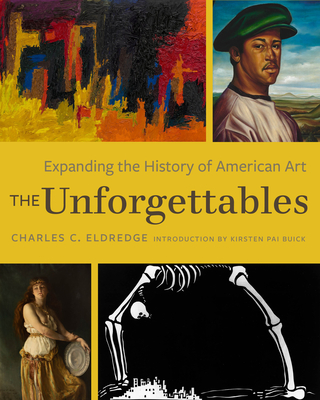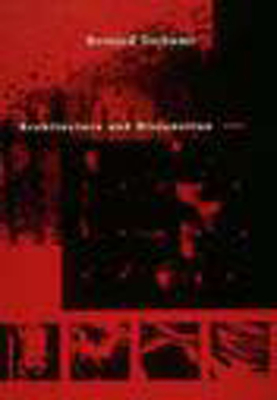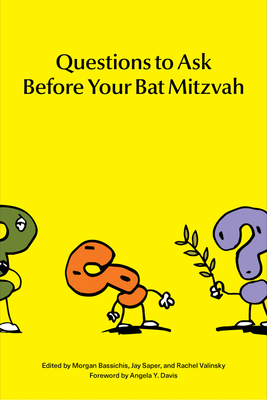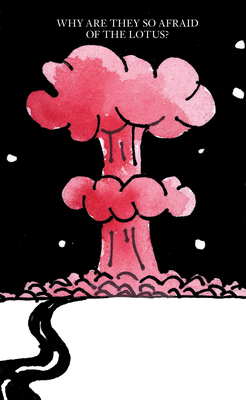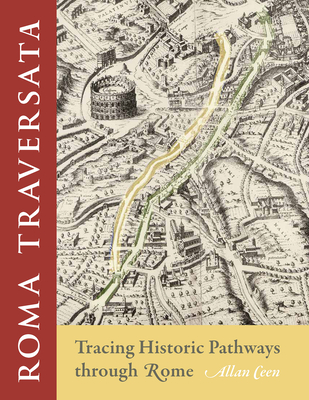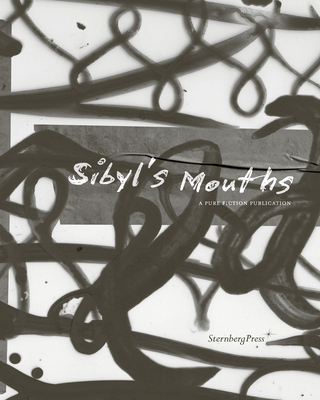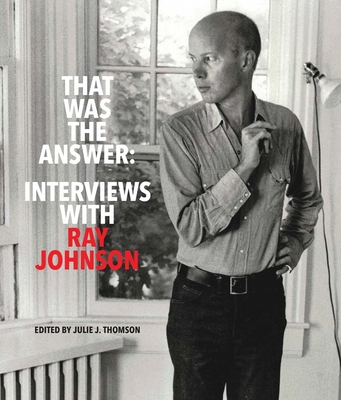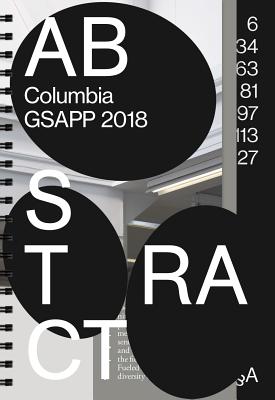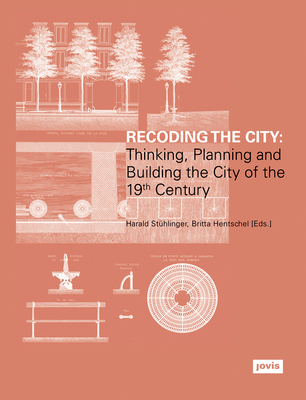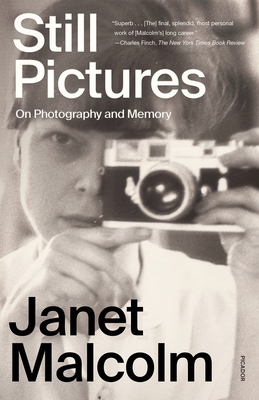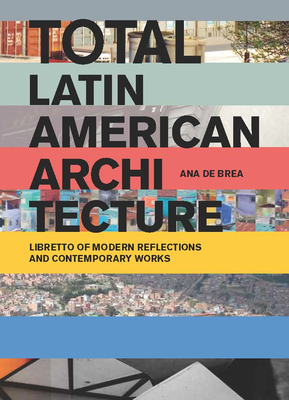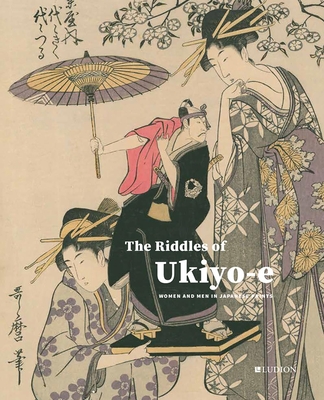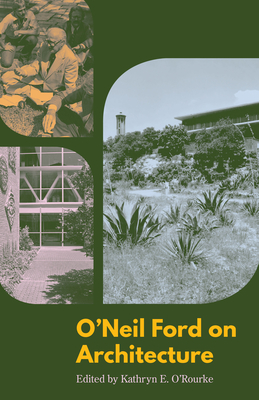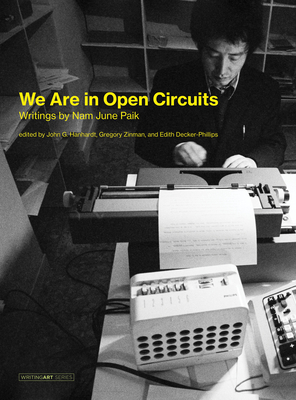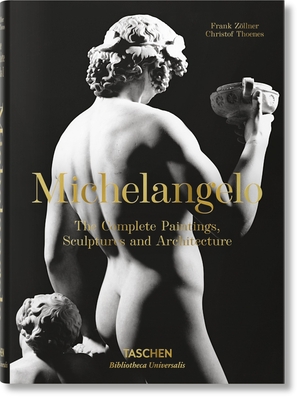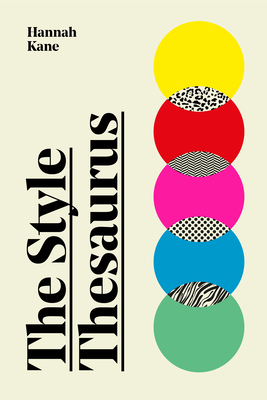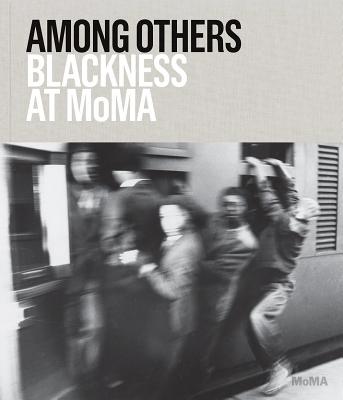
What Was Contemporary Art?
Description
Not only does contemporary art have a history, but all works of art were once contemporary to the artist and culture that produced them.
Contemporary art in the early twenty-first century is often discussed as if the very idea of art that is contemporary is new. Yet all works of art were once contemporary. In What Was Contemporary Art? Richard Meyer reclaims the contemporary from historical amnesia, and gives the contemporary its own art history. By exploring episodes in the study, exhibition, and reception of early twentieth-century art and visual culture, Meyer retrieves moments in the history of once-current art and redefines “the contemporary” as a condition of being alive to and alongside other moments, artists, and objects.
A generous selection of images, many in color—from works of fine art to museum brochures and magazine covers—support and extend Meyer's narrative. These works were contemporary to their own moment. Now, in Meyer's account, they become contemporary to ours as well.
About the Author
Richard Meyer is Robert and Ruth Halperin Professor in Art History at Stanford University. He is the author of What Was Contemporary Art? (MIT Press) and other books.
Praise for What Was Contemporary Art?
Hard-hitting critical concerns blend into the narrative, the minutia of historical debates providing an opportunity to broaden our own art-historical moment and consider its possibilities.—Publishers Weekly—
If, in recent years, the notion of a 'contemporary art' has attained something approaching a stable definition, then Richard Meyer's new book... sets out to recall a time when such a consensus was not yet possible.... By harking back to debates in the US much earlier in the century, Meyer's important intervention sets out to disturb and destabilize such a neat periodization. Eschewing the more theoretical speculations of Alberro and Smith in favour of a series of engagingly written narratives drawn from the history of the contemporary in American art, Meyer follows a path that is broadly chronological but full of interesting diversions, teasing out a series of provocative implications along the way in a tone at once warm and wry.
—Frieze—

